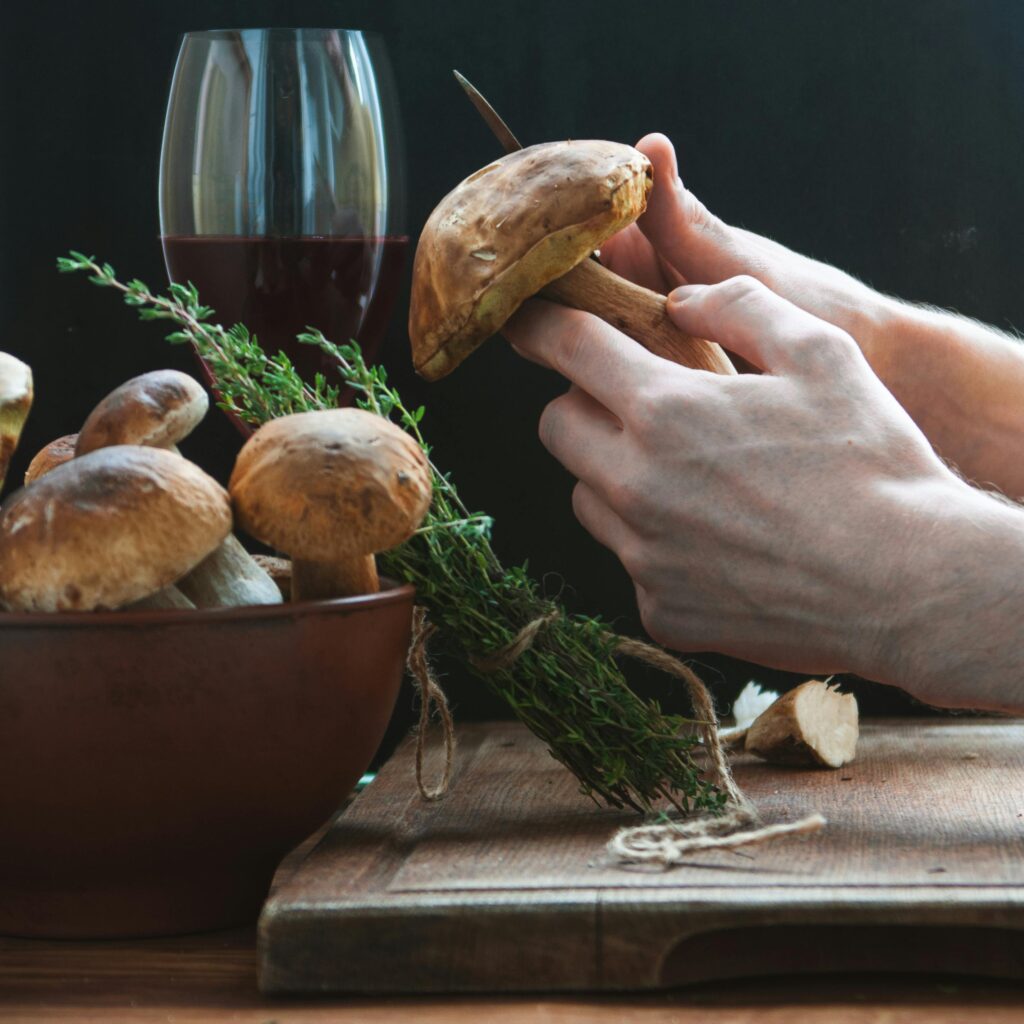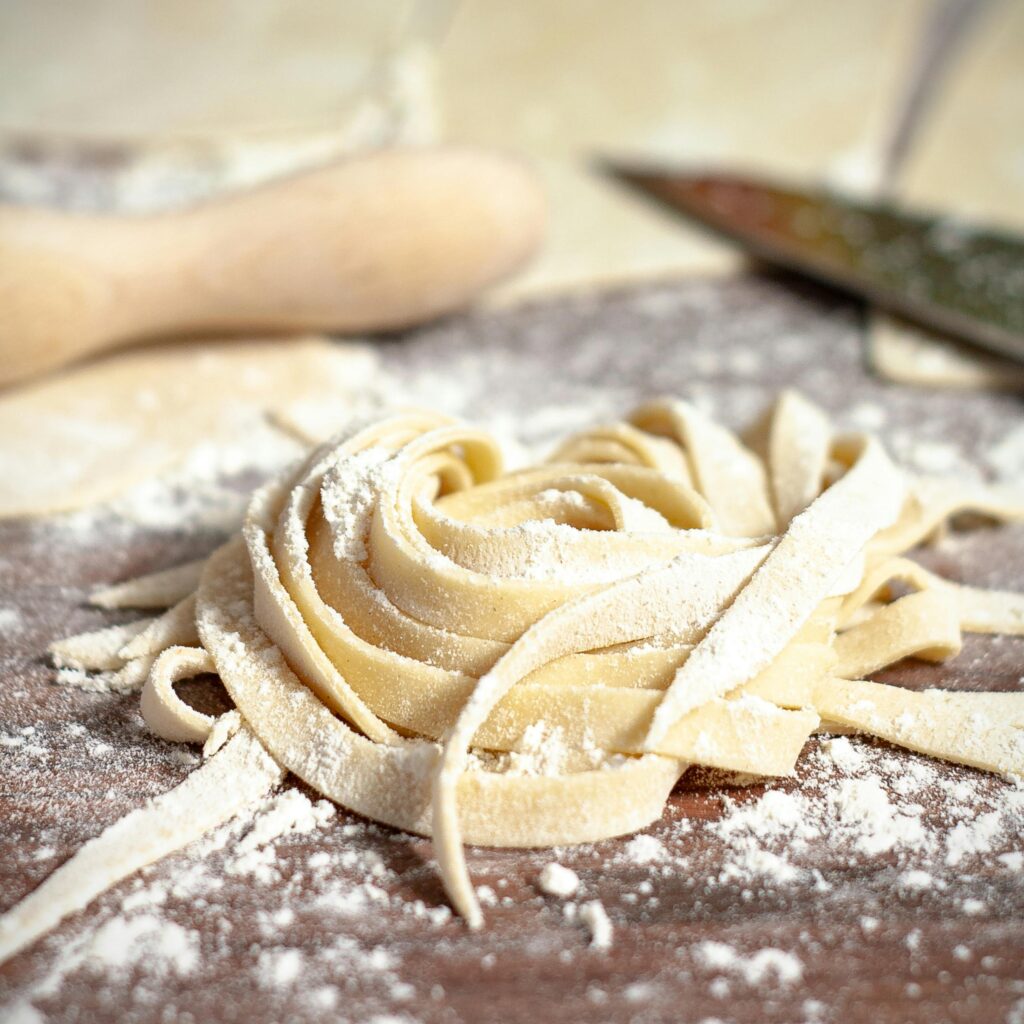Cutting vs. Slicing: What’s the Difference and When to Use Each?
In the kitchen, precise terminology is key. Whether you’re following a recipe or honing your culinary skills, understanding the difference between common terms like “cutting” and “slicing” can elevate your cooking game. While both involve breaking down fruits or vegetables, they’re not exactly the same. So, what’s the difference? And are there situations where one is more appropriate than the other? Let’s dive in.
Cutting vs. Slicing: The Basics
Cutting is a general term used to describe the act of dividing food into pieces. It encompasses a variety of techniques, such as chopping, dicing, mincing, and julienning. When you cut something, the shape and size can vary greatly, depending on your goal. For example, you can cut a carrot into small cubes (dicing) or long thin strips (julienning).
On the other hand, slicing is more specific. Slicing refers to creating uniform, usually thin, pieces of food, often for the purpose of presentation or ensuring even cooking. When you slice, you make even cuts through the food, typically aiming for consistency in thickness. Think of slicing tomatoes for a sandwich or cutting thin rounds of cucumber for a salad.

When to Use “Cutting”
Cutting is used as a broad term for many kitchen tasks, from dicing onions to chopping herbs. It’s the term to use when the shape of the pieces isn’t as important, such as when preparing ingredients for a stew, where the goal is to break down food into manageable sizes.
Foods best for cutting:
- Root vegetables like potatoes, carrots, and sweet potatoes (when preparing a hearty stew or soup).
- Garlic or herbs (when you need finely chopped pieces for seasoning).
- Meat (like cutting chicken into chunks for stir-frying).

When to Use “Slicing”
Slicing, with its emphasis on uniformity, is often reserved for occasions where the appearance and texture of the food matter. Sliced vegetables, fruits, and even meats ensure even cooking and create a more appealing presentation.
Foods best for slicing:
- Fruits like apples, peaches, or citrus (for snacks, desserts, or garnishes).
- Vegetables like cucumbers, tomatoes, and zucchini (for salads or sandwiches).
- Cheese (for a charcuterie board or layering in a sandwich).

Practical Examples in the Kitchen
Let’s say you’re making a fresh garden salad. You’d likely slice the cucumbers and tomatoes into even, thin pieces for a crisp, uniform texture. However, if you’re making a chunky vegetable soup, you’d cut the same vegetables into larger, rougher pieces, since they’ll be cooked and texture is less of a concern.
In another example, imagine preparing a fruit platter for guests. Sliced apples or mangoes look more polished and elegant, while cutting these fruits into random chunks might not be as appealing for presentation.
Final Thoughts
Knowing when to use cutting or slicing in your culinary ventures can improve both your results and efficiency in the kitchen. Use slicing when uniformity and presentation are crucial, and cutting when you need to break down ingredients for more general cooking purposes. The next time you’re cooking, pay attention to these distinctions, and you’ll start to notice how much the right technique can affect your dishes!
